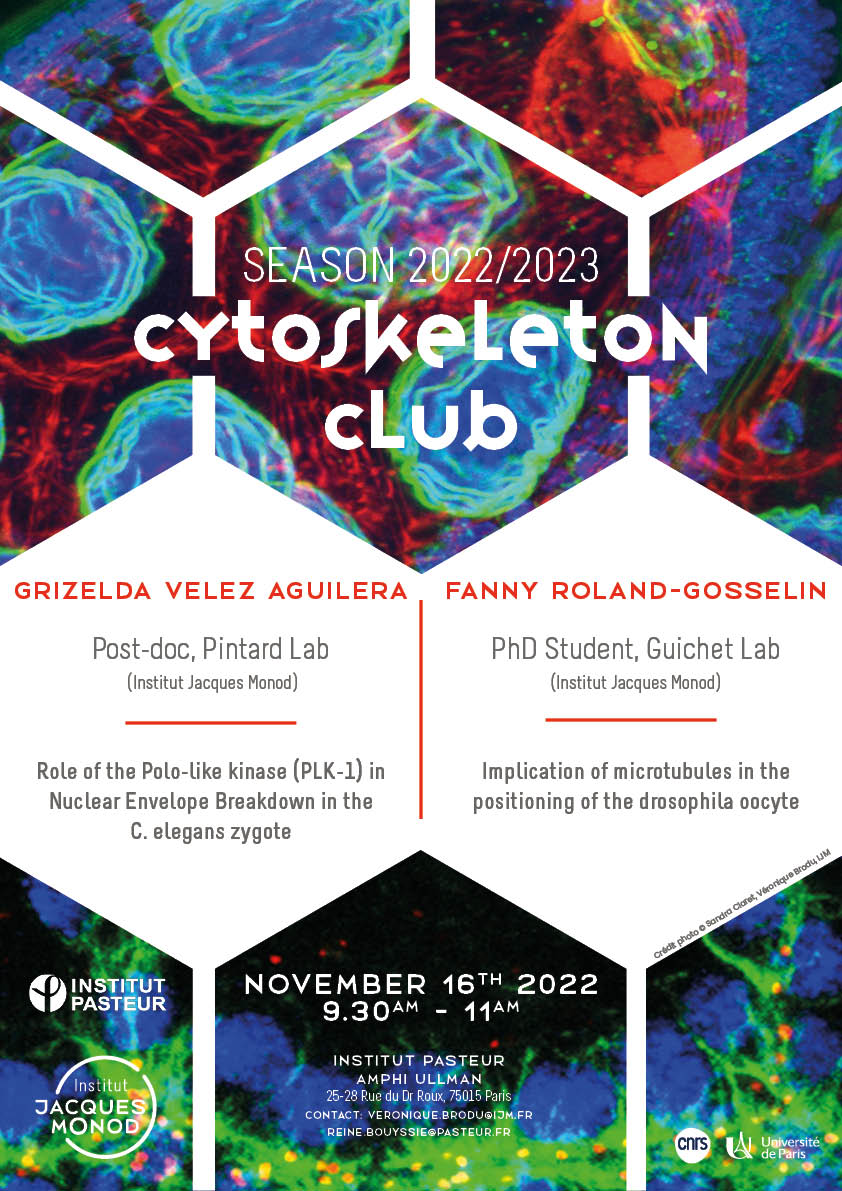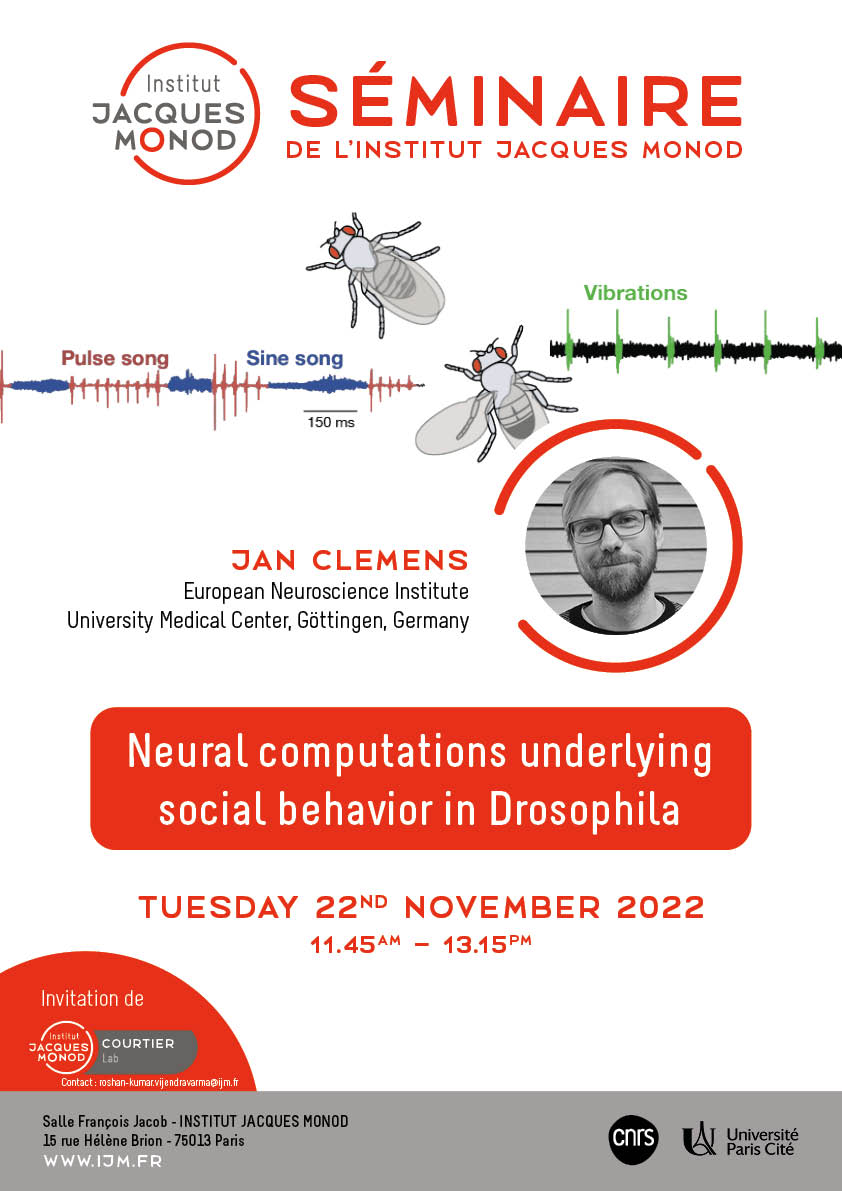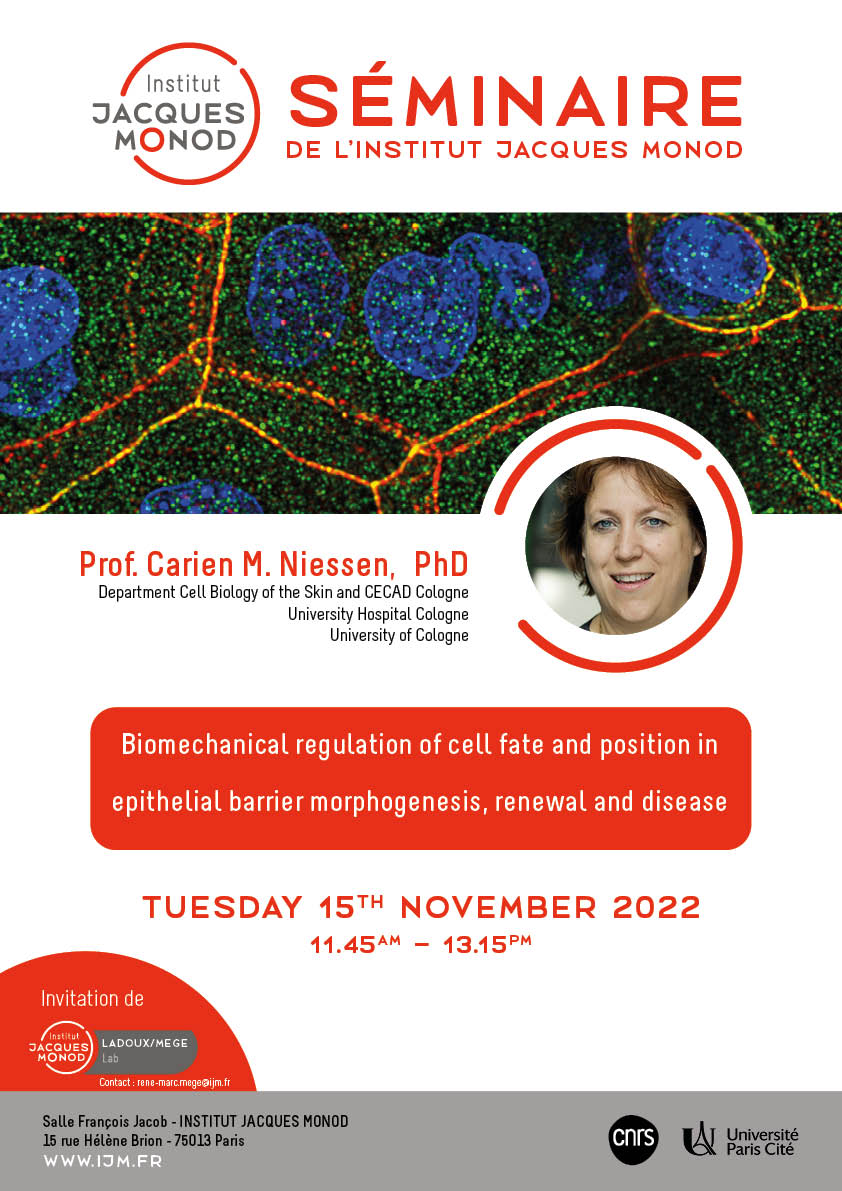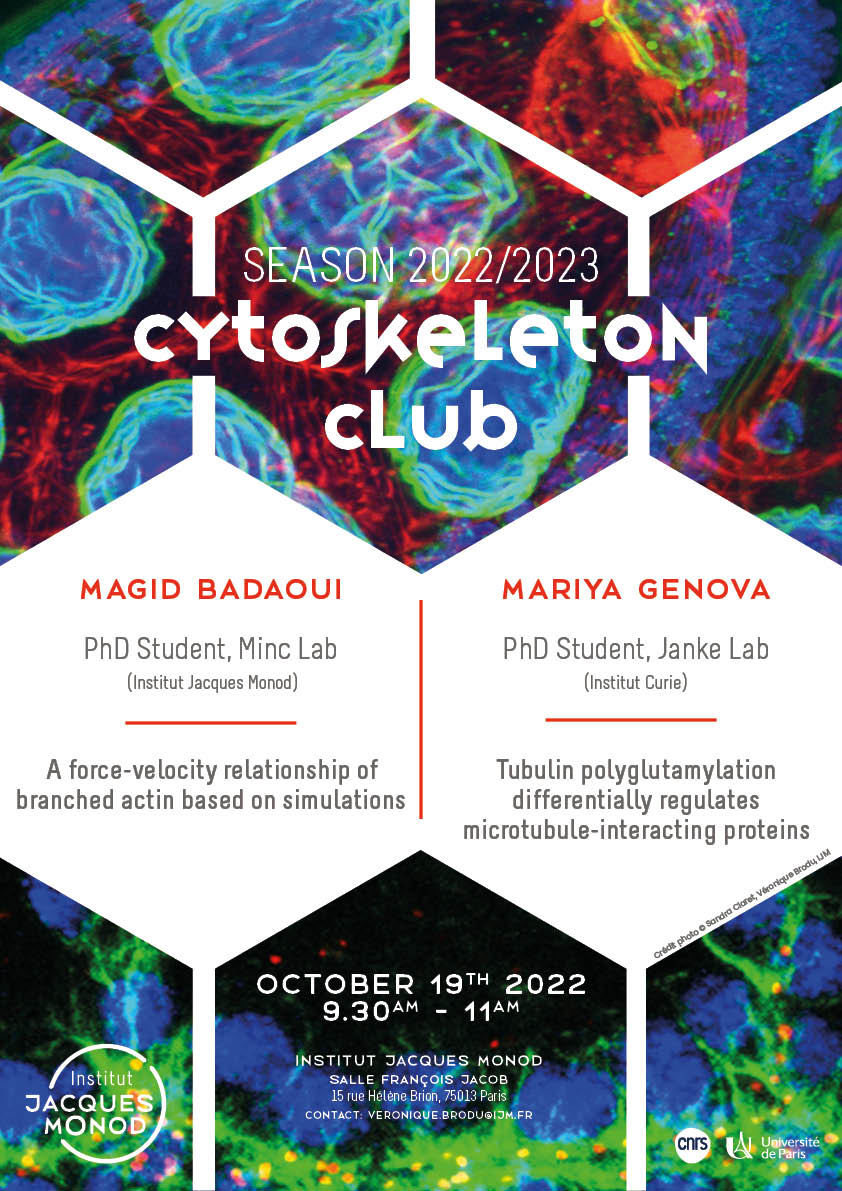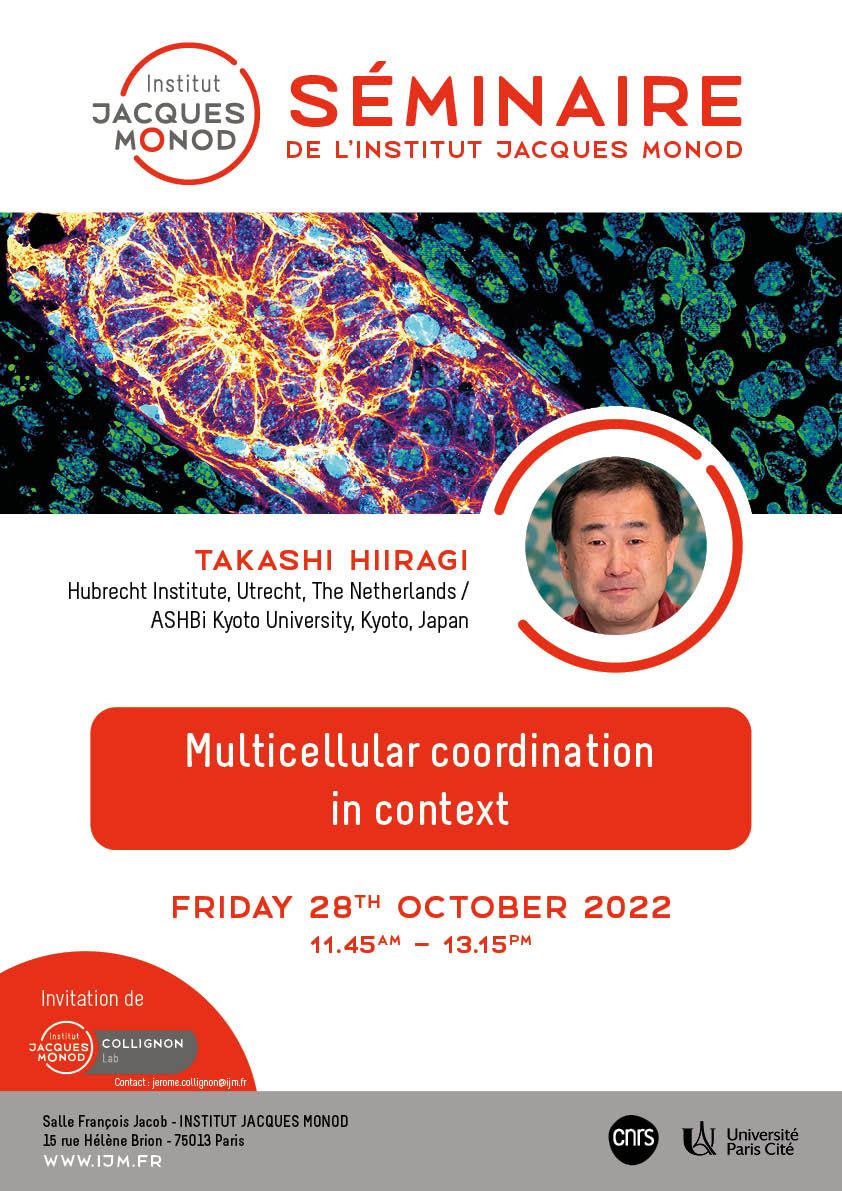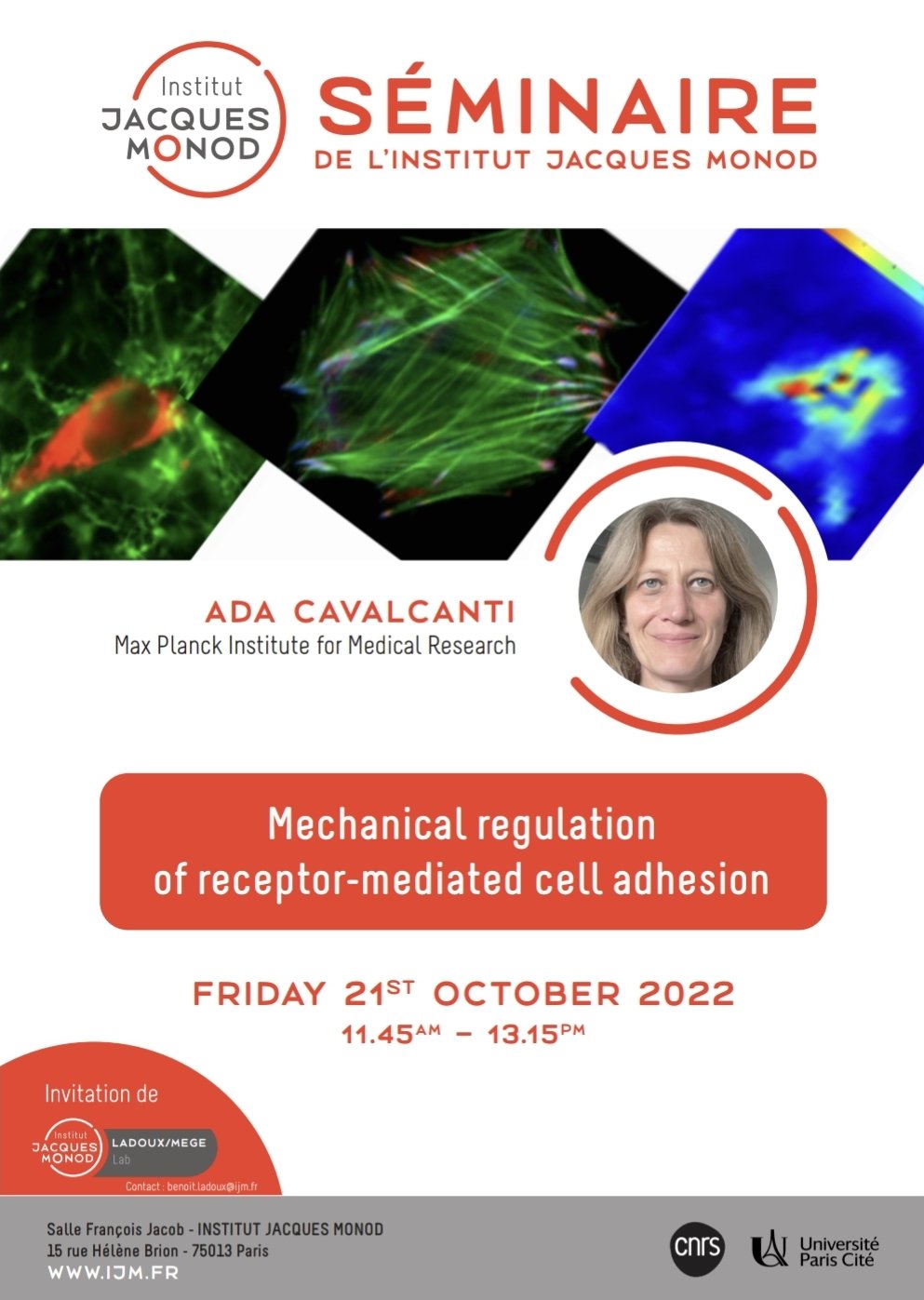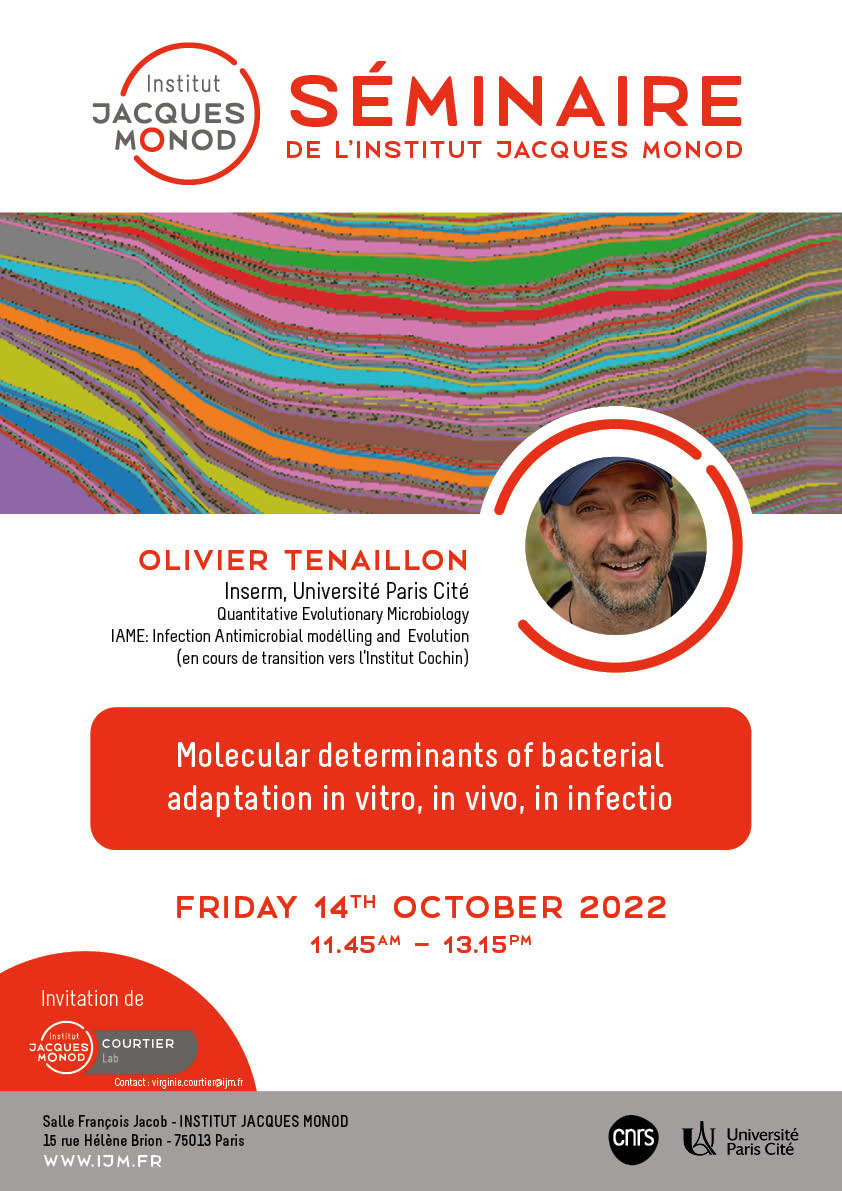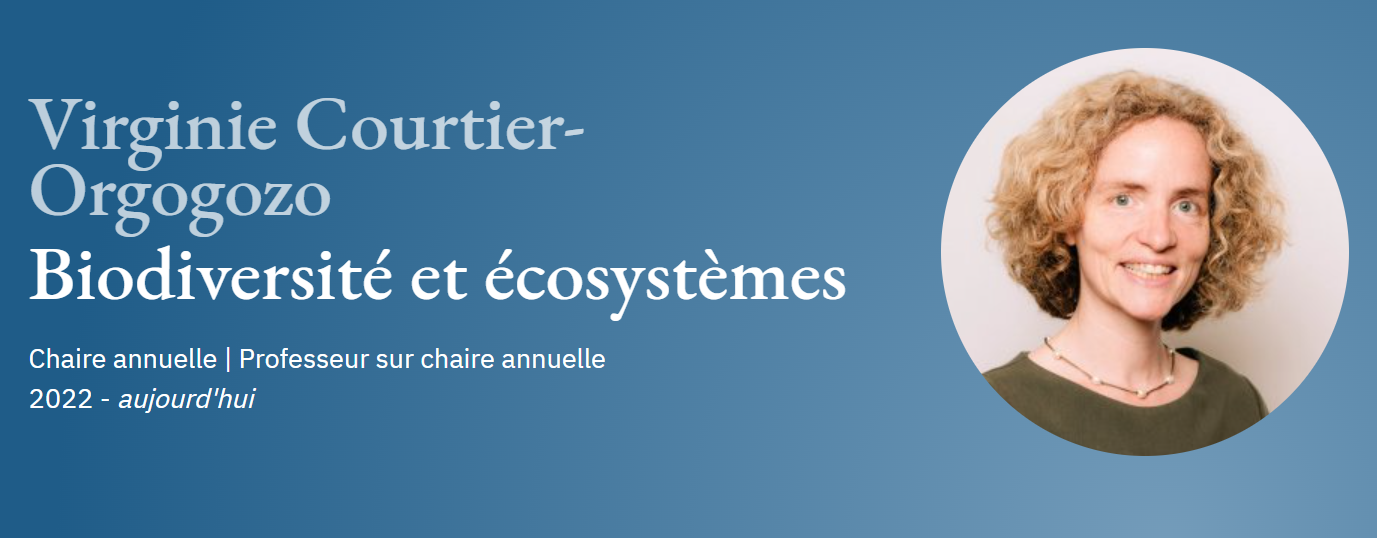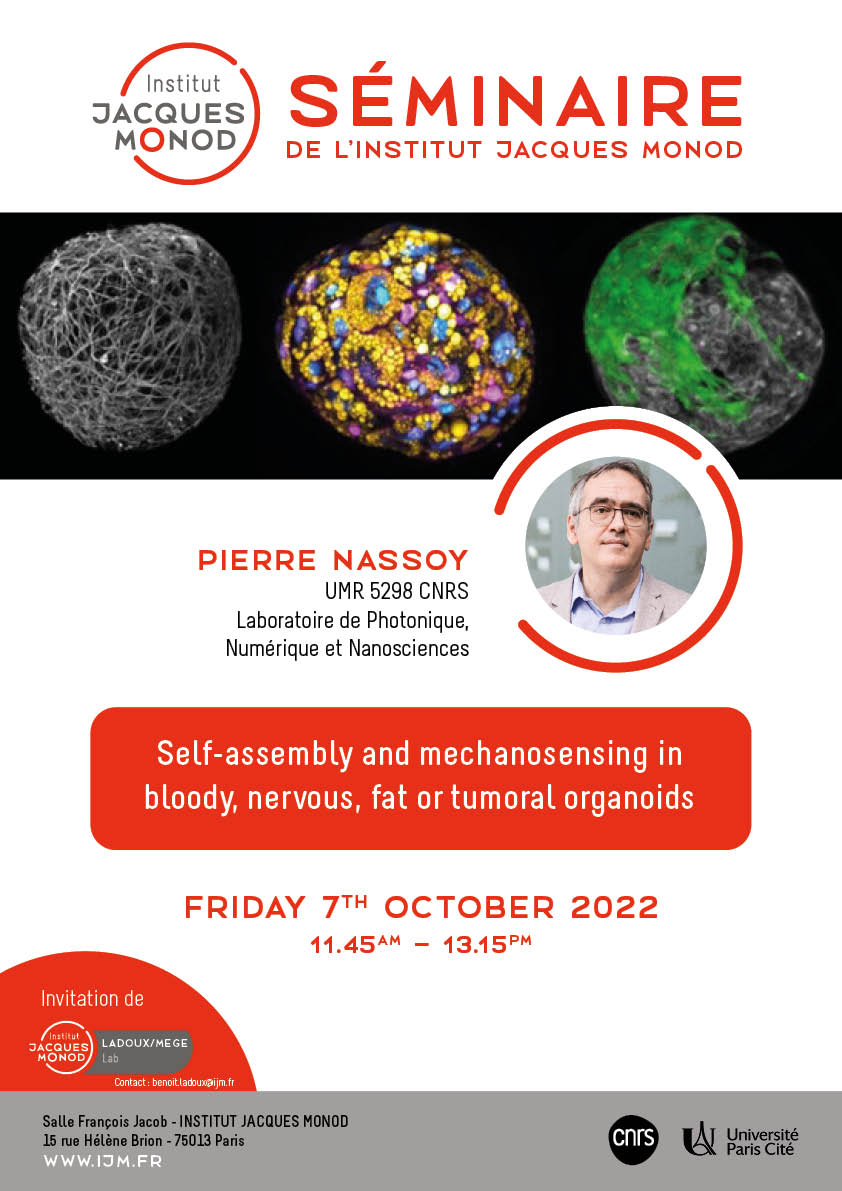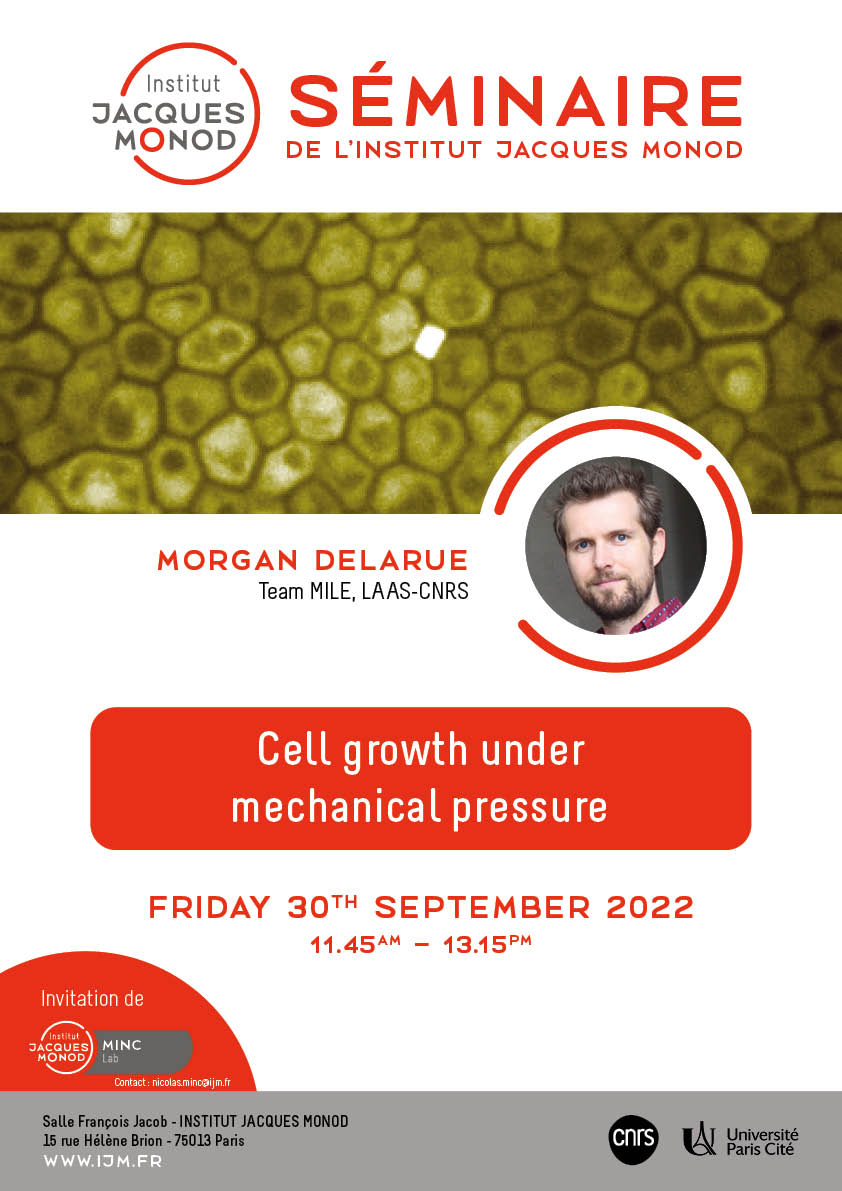The next Cytoskeleton Club will take place at the Institut Pasteur on 16 November 2022 in the Agnès Ullmann amphitheatre – 25, rue du Dr Roux 75015 Paris.
With:
Grizelda Velez Aguilera (post-doc, Pintard 's lab, IJM)
"Role of the Polo-like kinase (PLK-1) in Nuclear Envelope Breakdown in the C. elegans zygote".
Fanny Roland-Gosselin (phD…
